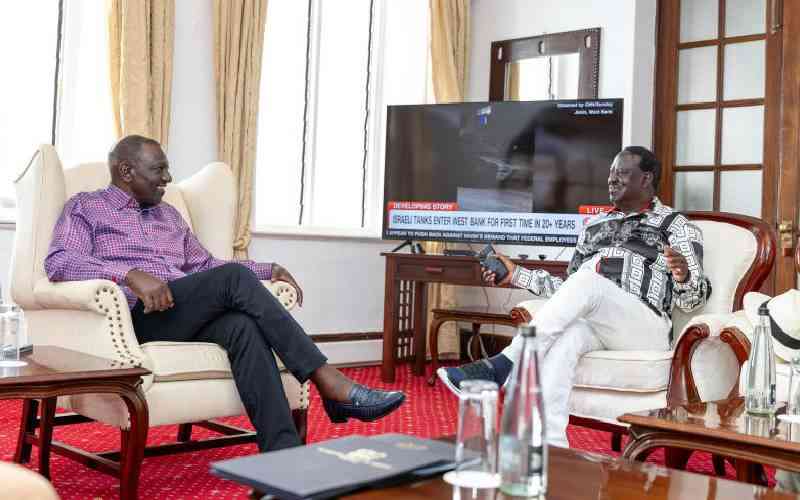
Etsy is a marketplace for unique and creative products. It’s home to a universe of special, extraordinary items, from unique handcrafted pieces to vintage treasures and craft supplies, and has become the creative entrepreneur’s online dream in recent years.
If you’re looking to open a shop, here’s how you can use Etsy.
What you’ll need
1. Sign up
Make your items (they could be anything from customised packaging bags to soaps and keyholders) and decide on pricing.
Once this is done, go to etsy.com and click on the ‘Sell on Etsy’ tab. Follow the prompts.
2. Set shop preferences
Select your shop’s language, country and currency. The language is the default language you’ll use to describe your items. You won’t be able to change it later, but if you’d like to add translations in other languages, you’ll be able to do so once your shop is up and running.
Be careful with the country you select for your shop as some seller tools are only available in certain regions. You can also be specific about the currency you’ll use to price your products – but keep in mind that currency conversion fees may apply if your bank’s currency is different from your shop currency.
3. Choose a shop name
Choose a memorable name that reflects your style. Shop names must meet the following requirements: four to 20 characters in length, no spaces or special characters, no profanity, not already in use by an existing Etsy member, and doesn’t infringe on another’s trademark,
However, don’t spend too much time obsessing on the name – the quality and type of product you sell will matter more. Spend more time popularising your listing.
4. Stock your shop
Once you’ve set up your shop, populate it with images and prices of the products you make. Etsy celebrates products that are handmade, vintage and custom, and has categories for everything from jewellery to toys and shoes and clothing.
Stay informed. Subscribe to our newsletter
5. Choose how you’ll get paid
The main payment method on the platform is Paypal, which is something you can easily access in Kenya. However, transactions will be subjected to a Paypal processing fee. You can also sign up for cheques or money orders, which will need to be mailed to you. There’s a ‘Payment by Mail’ option on the ‘Accepted Payments’ page. The address you enter will only be shared with a buyer who purchases from you and chooses this method. You can also specify a payment method that works for you under the ‘Other’ tab.
6. Set up a card on file
Depending on the country you’re in, you may need to enter a credit card to open your shop. The card can be a Visa, MasterCard or American Express, and is used as a means of identity verification. You may see an authorisation charge to verify the card you entered on file. As soon as the card has been verified, the charge will be dropped from your statement.
7. Open for business
When you’ve finished with your selections, click ‘Open Your Shop’. You’ll be able to edit any details once you do this.
The web address to your shop will be: https://www.etsy/shop/yourshopname or https://yourshopname.etsy.com
8. After you open your shop ...
Personalise your details so buyers can learn more about you. You can add a bio and photo to your profile that explains your inspiration. Set your policies, which includes payment methods and delivery details.
You can also add sections to your shop to make it easier for customers to navigate, especially if you sell a variety of handmade items. Note down a shipping profile, which details whether you’ll ship products overseas, and how.
You can also use Etsy’s social media tool to share milestones and important shop updates with buyers.
 The Standard Group Plc is a
multi-media organization with investments in media platforms spanning newspaper
print operations, television, radio broadcasting, digital and online services. The
Standard Group is recognized as a leading multi-media house in Kenya with a key
influence in matters of national and international interest.
The Standard Group Plc is a
multi-media organization with investments in media platforms spanning newspaper
print operations, television, radio broadcasting, digital and online services. The
Standard Group is recognized as a leading multi-media house in Kenya with a key
influence in matters of national and international interest.
 The Standard Group Plc is a
multi-media organization with investments in media platforms spanning newspaper
print operations, television, radio broadcasting, digital and online services. The
Standard Group is recognized as a leading multi-media house in Kenya with a key
influence in matters of national and international interest.
The Standard Group Plc is a
multi-media organization with investments in media platforms spanning newspaper
print operations, television, radio broadcasting, digital and online services. The
Standard Group is recognized as a leading multi-media house in Kenya with a key
influence in matters of national and international interest.









